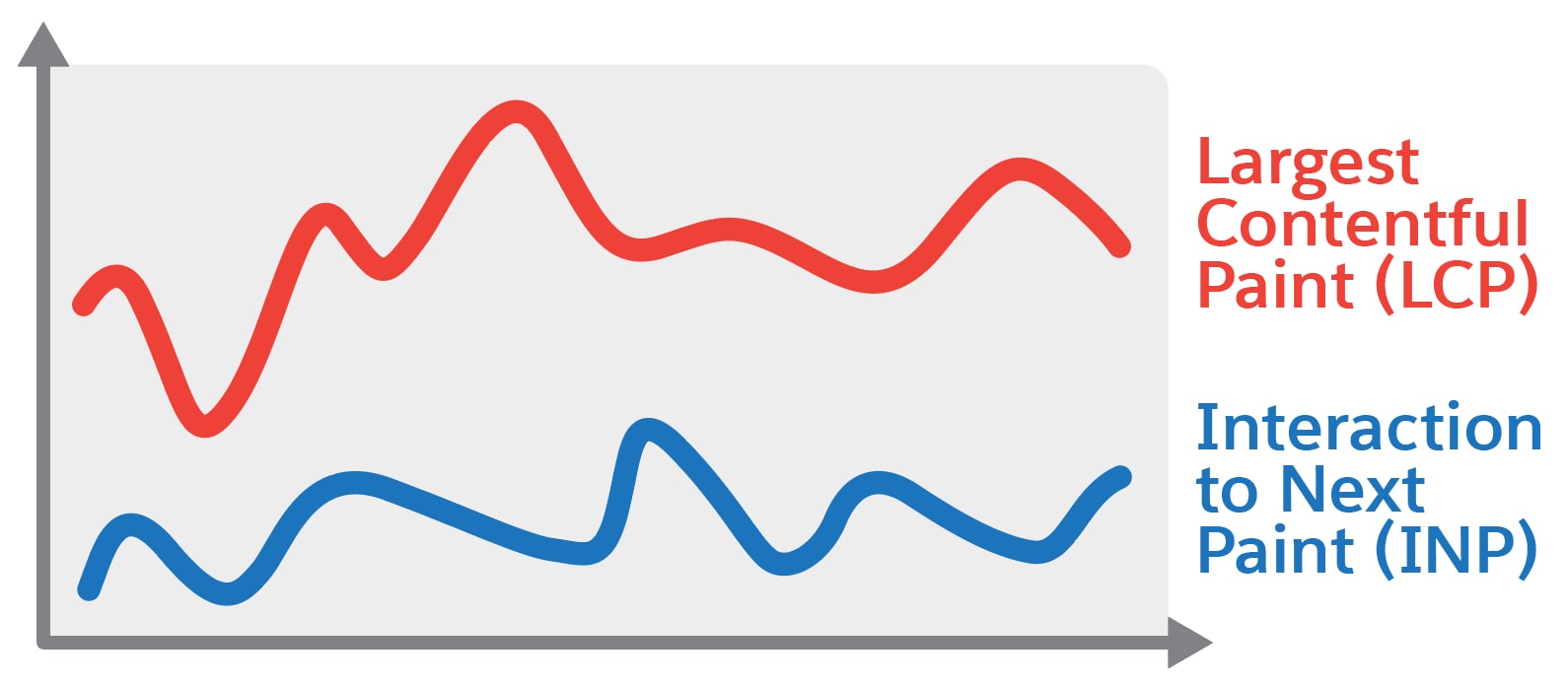Performance Guide for Composable Storefronts
This guide covers why it's important to consider the performance of a PWA kit-based ecommerce storefront during development and after it's deployed. It provides tips about how to develop a site that has optimal performance and how to measure the site's performance.
Storefront performance has a direct impact on shopper conversion and revenue. Imagine the shopper experience on your ecommerce storefront. A shopper who wants to purchase a product browses a product listing page, which takes seconds to load. Then they refine their search to specific criteria, like size and price, but the filter causes additional delay for the page to load. Would this shopper continue browsing on your storefront, or will they lose patience and leave? A study from Cloudflare shows that if a page loading time increases from 2.4 seconds to over 4.2 seconds, the conversion rate drops by about 50%, from 1.9% to less than 1%. (1) Conversely, another study shows that a tiny 0.1-second improvement can elevate conversion rates by 8% and keep shoppers from abandoning their purchases. (2) Hence, every second counts, every click matters, and every user experience is a potential sale won or lost. Today's consumers expect seamless, app-like interactions. If you don't provide a smooth and fast shopping experience, customers will likely move on. It's essential that you make sure that your storefront website has fast performance to maximize sales!

Sources:
- How website performance affects conversion rates. Cloudflare. https://www.cloudflare.com/learning/performance/more/website-performance-conversion-rates/
- Milliseconds make Millions. A study on how improvements in mobile site speed positively affect a brand’s bottom line. Deloitte Digital. https://www.thinkwithgoogle.com/_qs/documents/9757/Milliseconds_Make_Millions_report_hQYAbZJ.pdf
- PWA Kit Architecture: How Your PWA Kit App Delivers a Page
- Performance Best Practices for Writing PWA Kit-Based Storefronts
- Monitor the Performance of Your Storefront